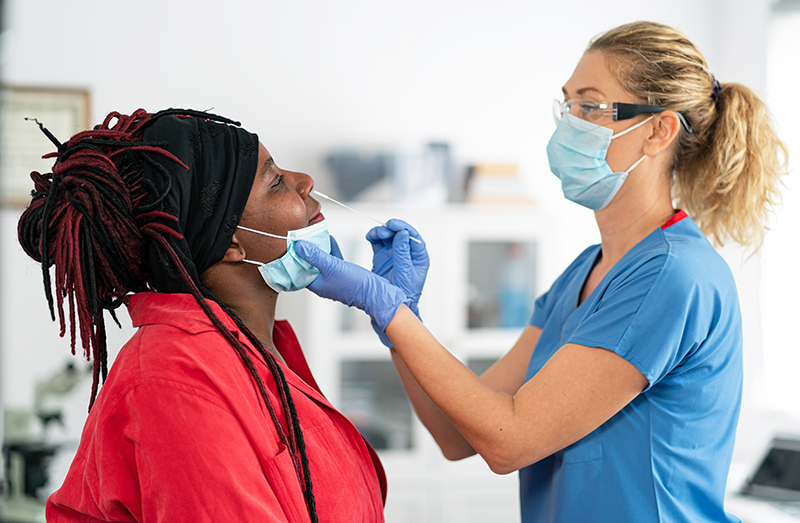
By Joseph Mann, MSN, FNP-C, Global Medical Science Liaison, BD
Urgent care centers provide a niche service that doesn’t exist in the hospital, and patients have taken note and adjusted accordingly. During the pandemic, visiting a hospital’s emergency room took valuable time and resources away from patients in need of critical care. Urgent care centers helped reduce the burden on often under-staffed and over-worked ERs, fulfilling an important role during the height of COVID-19 – and they continue to play an invaluable part in the healthcare system. Although urgent care centers can be busy, the wait times are generally shorter[1] as compared to those in the ER[2]. Those needing care can call ahead to make an appointment versus necessarily triaged availability at the ER, making urgent care centers more convenient and potentially less stressful.
When symptoms consistent with ear infections, allergic reactions, urinary tract infections and eye infections arise, urgent care centers are amongst the first to be considered now as compared to before the pandemic[3]. COVID-19, cold and flu testing also make this list because of the ease to test in these settings.
Given the role urgent care centers now play in the community and factoring in their relative convenience, urgent care providers should consider taking advantage of rapid combination COVID-19 and flu testing. With more people shifting their mindsets to think of urgent care centers first, it’s important to have the right tools on hand. Having the ability to run a rapid combination test to distinguish between these viral infections is important for accurate diagnosis because they present with very similar symptoms. Combination testing can also contribute to workflow efficiencies and help conserve healthcare resources.
BD, a long-time global leader in diagnostic testing, is supporting the effort to provide rapid testing at urgent care centers. With the BD Veritor TM Plus System, testing is easy to implement and typically has lower associated costs than laboratory-based PCR methods as it doesn’t require use of sophisticated lab equipment or highly trained medical professionals and can be performed in CLIA waived point-of-care settings.
Come flu season, BD’s combined COVID & flu assay takes about 15 minutes to run on the BD Veritor™ Plus System and distinguishes between SARS-CoV-2, influenza A and influenza B by providing definitive positive or negative individual digital display readouts for all three. Although rare, the analyzer is also able to detect a co-infection with COVID and flu. With results for each target from a single swab, the testing process is streamlined and simplified.
As we continue to see the shift in how people prefer to receive healthcare, urgent care centers are likely to grow in popularity. And due to societal and work place protocols that required COVID-19 testing—often repeated—patients have become accustomed to the convenience and comfort of receiving laboratory-quality testing in facilities like urgent care centers. These factors have created a new standard for administering tests, and ultimately, an opportunity for urgent care centers to grow their customer base and better serve their communities.
As urgent care centers consider expanding and diversifying services and providing high quality careand convenience to patients, the BD Veritor™ Plus System is a prime addition. The reliable, rapid diagnostic testing system delivers results at the point of care so urgent care centers can quickly provide accuratediagnosis and treatment. For more information, visit bdveritor.com.
- This product has not been FDA cleared or approved, but has been authorized by FDA under an EUA for use by authorized laboratories;
- This product has been authorized only for the detection of proteins from SARS-CoV-2, influenza A and influenza B, not for any other viruses or pathogens; and,
- The emergency use of this product is only authorized for the duration of the declaration that circumstances exist justifying the authorization of emergency use of in vitro diagnostics for detection and/or diagnosis of COVID-19 under Section 564(b)(1) of the Federal Food, Drug and Cosmetic Act, 21 U.S.C. § 360bbb-3(b)(1), unless the declaration is terminated or authorization is revoked sooner.
Subscribe to receive BD blog alerts